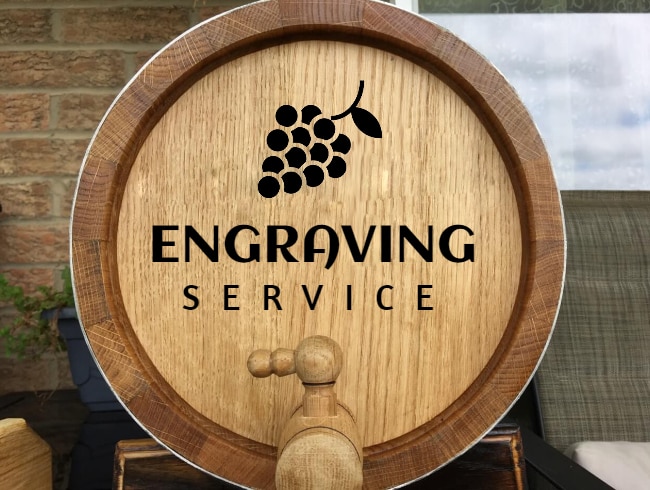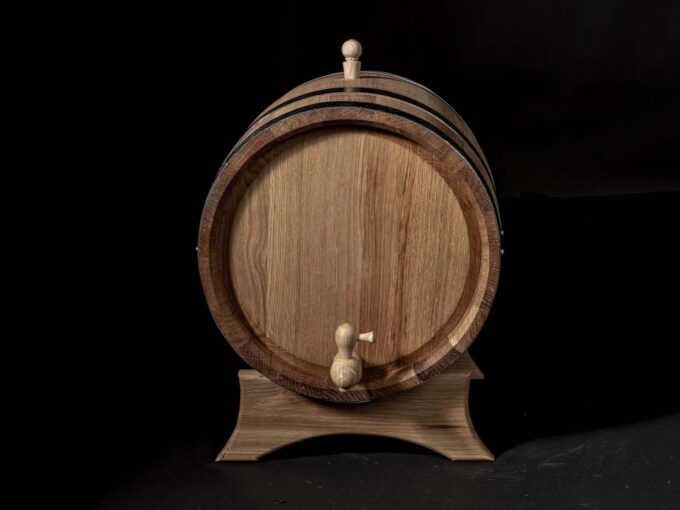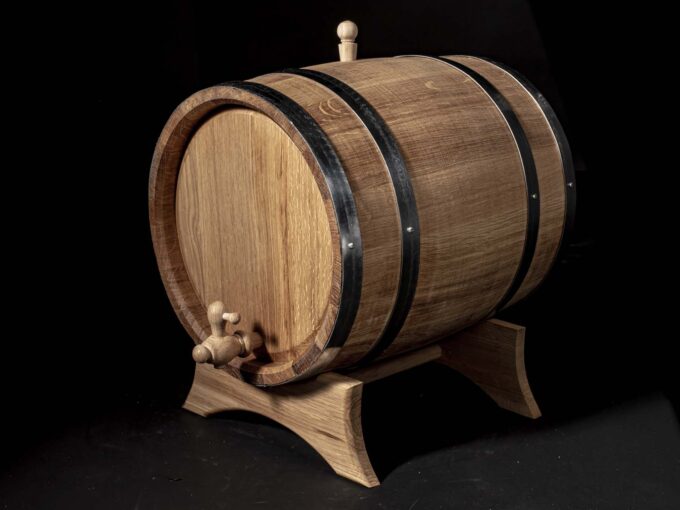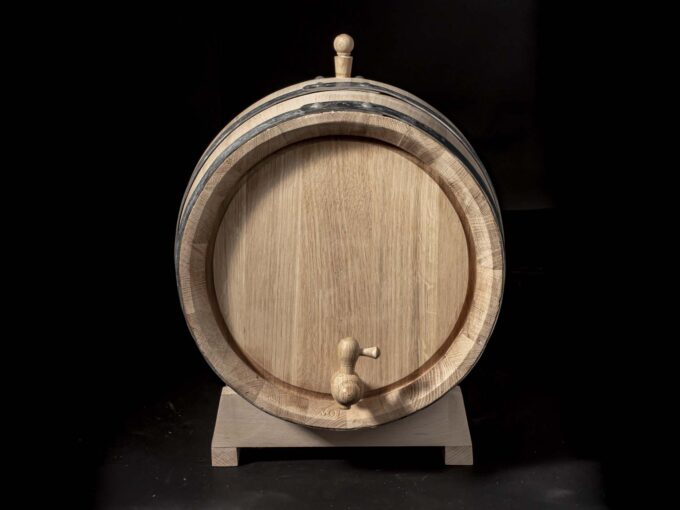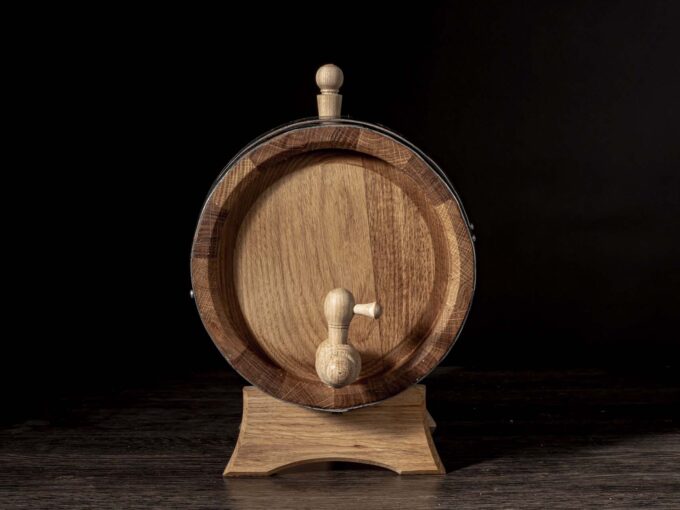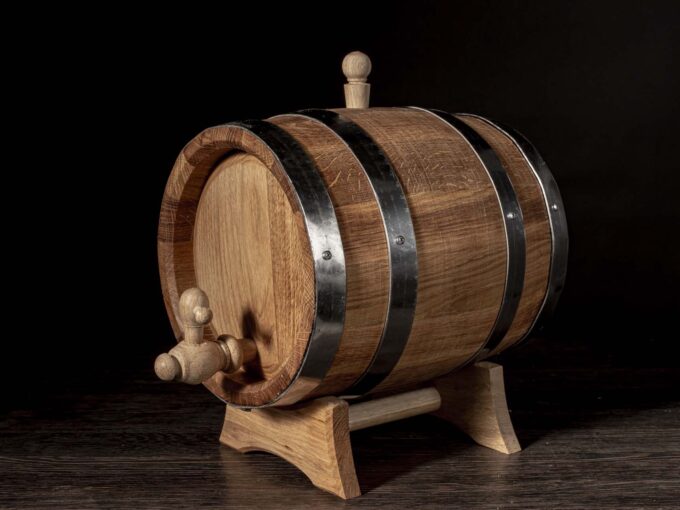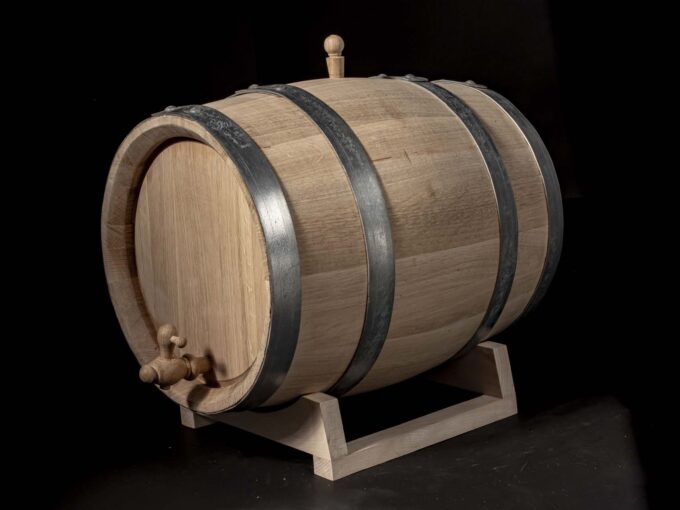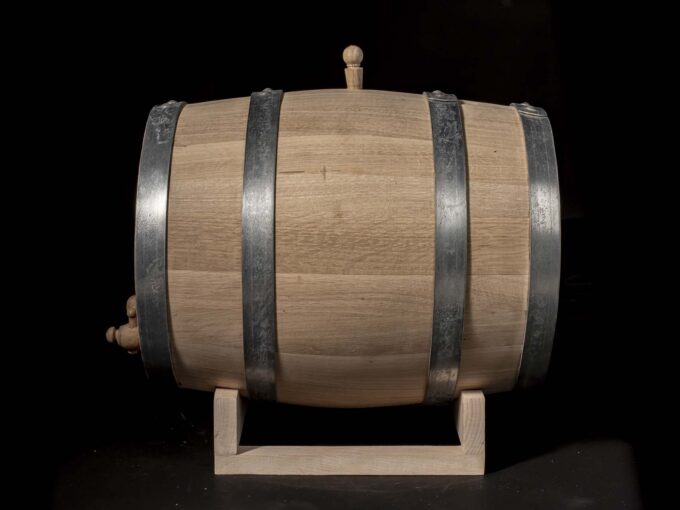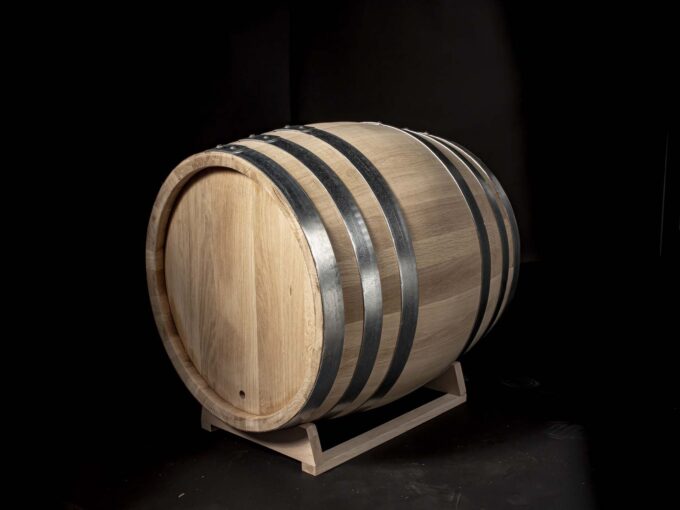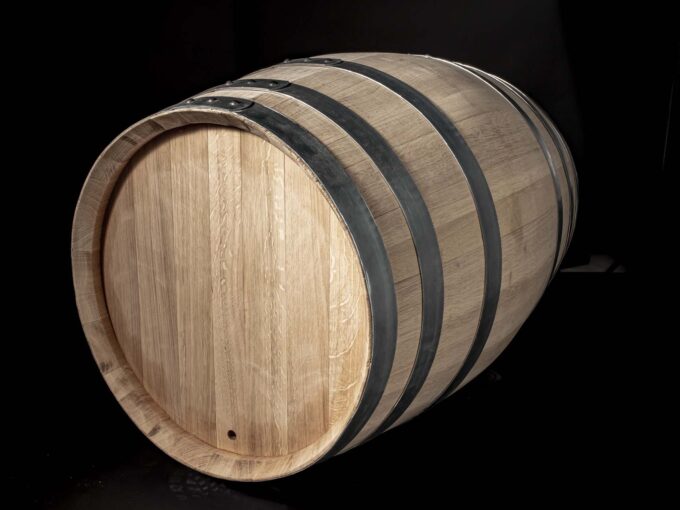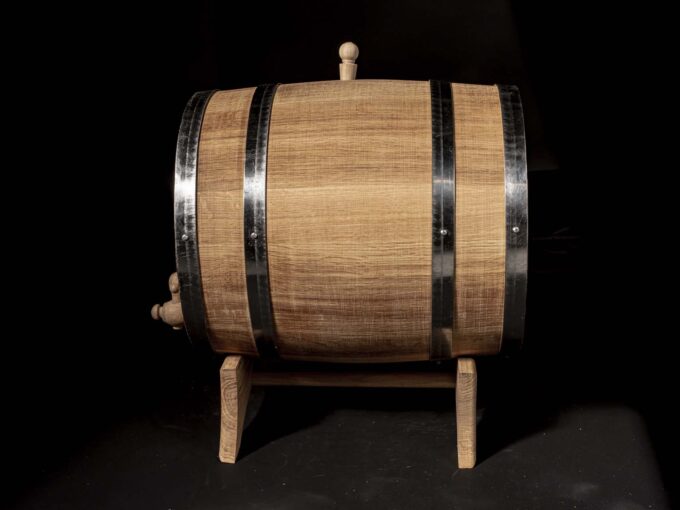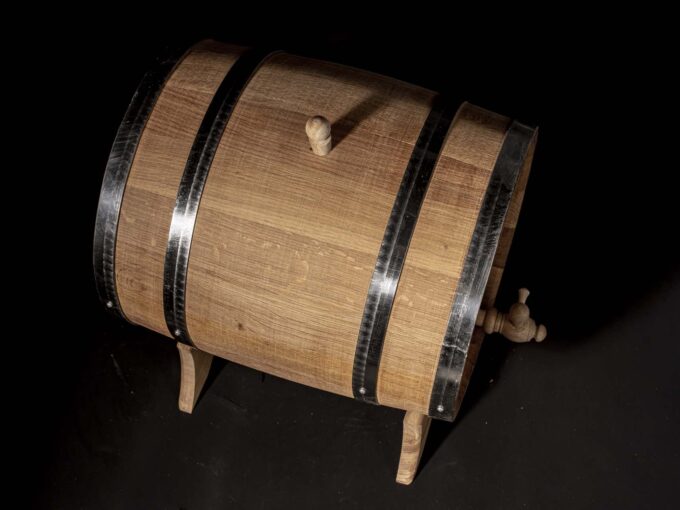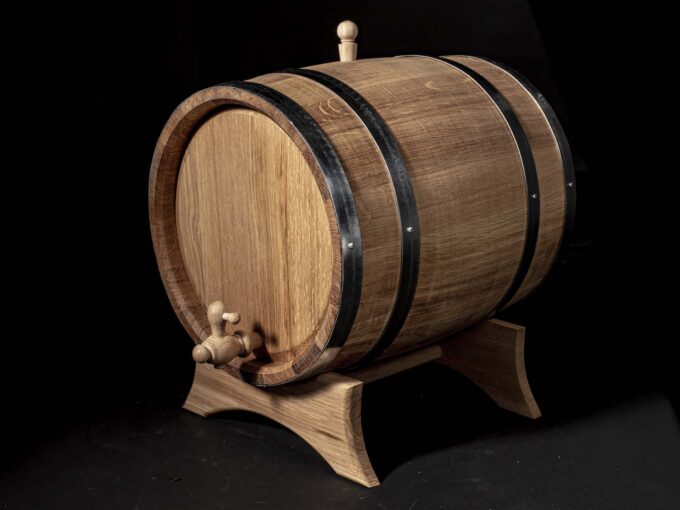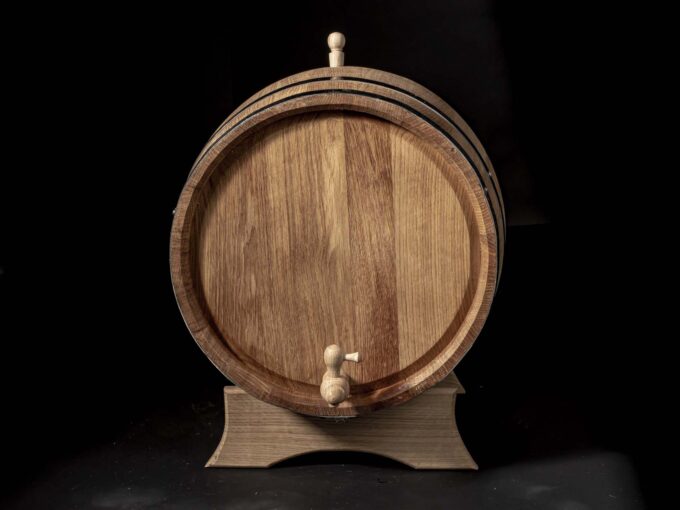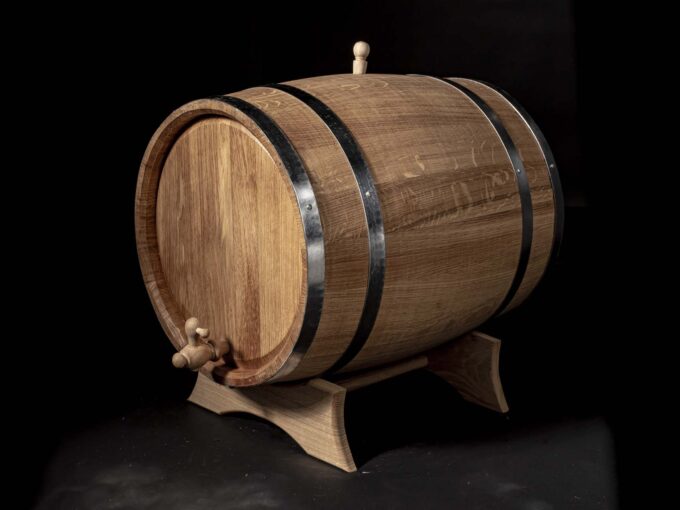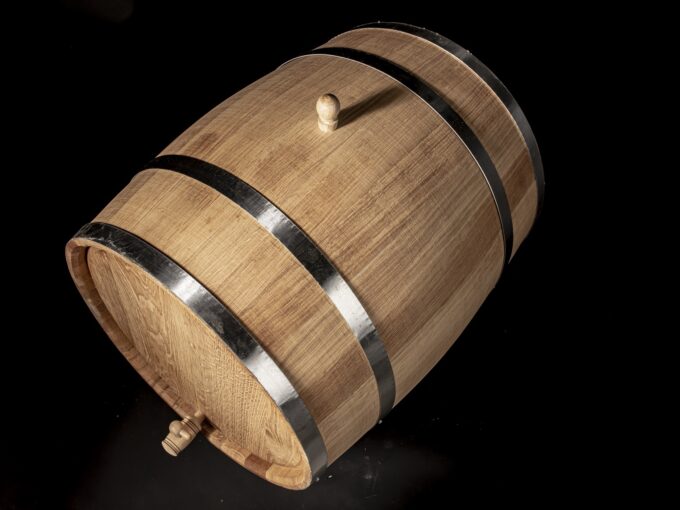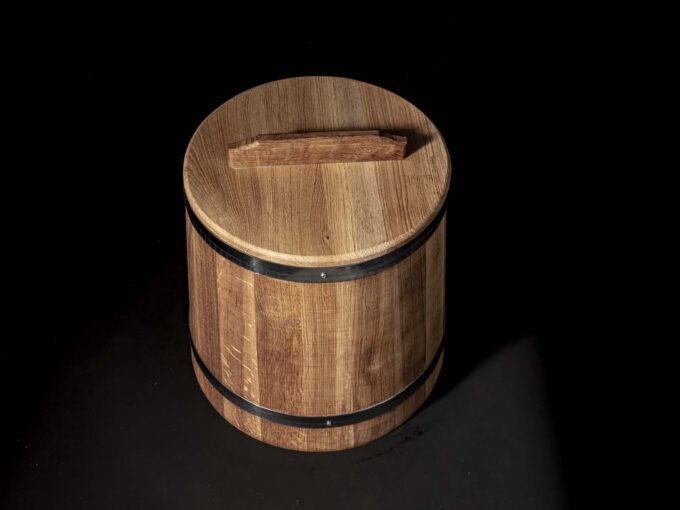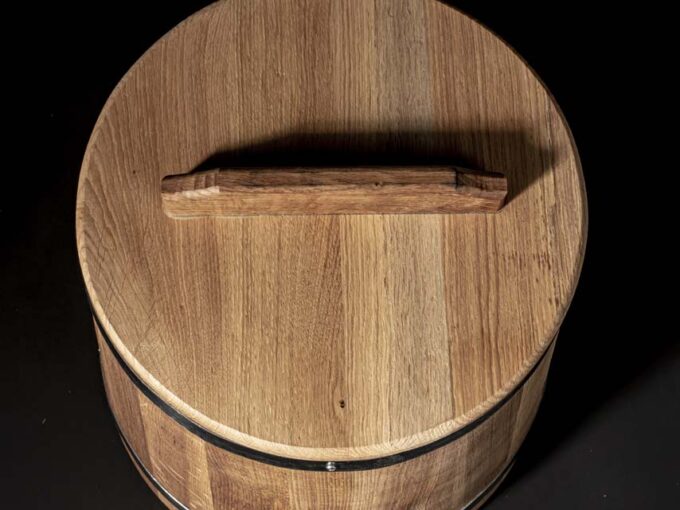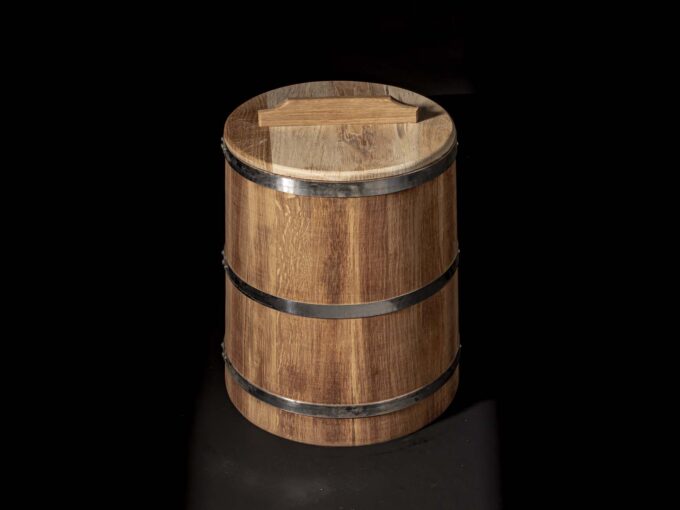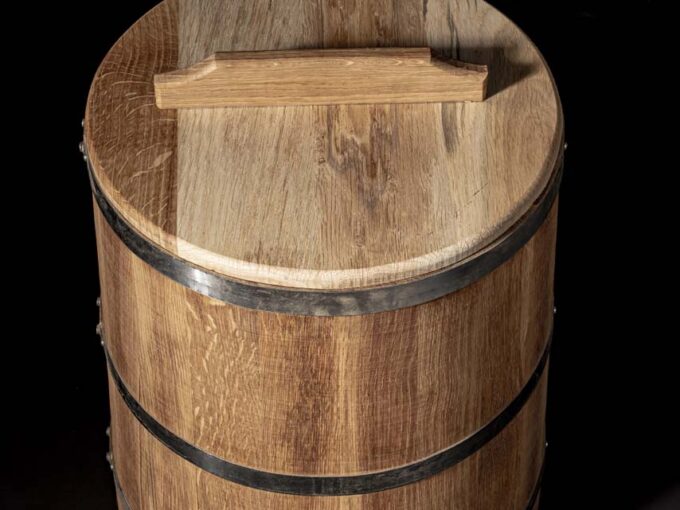What Are French Oak Barrels?
French oak barrels are highly valued in the winemaking industry for their ability to enhance wine's flavor and complexity. Crafted from oak trees grown in specific French regions, these barrels contribute unique characteristics to the aging process. Their tight grain allows for slow oxygen exchange, helping wines mature gracefully while integrating tannins.How to Choose the Right Wine Barrel?
Choosing the right wine barrel depends on several factors, including the type of oak, barrel size, and toasting level. French oak is ideal for imparting subtle flavors and enhancing complexity, while barrel size influences the interaction between wine and wood. Smaller barrels provide faster flavor integration but require careful monitoring to avoid over-oaking. Toasting levels also play a significant role, with lighter toasts favoring delicate wines and heavier toasts enhancing bold profiles.Characteristics and Benefits
The tight grain of French oak minimizes evaporation and ensures gradual oxygenation, which refines the wine’s structure and texture. These barrels impart subtle notes of vanilla, spice, and toast, elevating the wine’s profile without overpowering its natural flavors. Each barrel undergoes rigorous quality checks to prevent leaks and potential contamination from pests, ensuring durability and reliability.Regions of Origin
French oak primarily comes from forests in Limousin, Allier, and Tronçais. These regions are known for their high-quality oak trees, which are prized for their tight grain and consistent aromatic qualities. Sustainable forest management ensures the long-term availability of this valuable resource.The Role of Toast Levels
The toasting process during barrel production plays a crucial role in the final wine flavor. Light toast levels emphasize delicate vanilla and floral notes, while medium and heavy toasts impart richer, spicier, and smokier flavors. Winemakers carefully select toast levels based on the grape variety and intended wine style.Types of Wine Barrels
There are several types of wine barrels, including bourbon barrels, each defined by the species of oak used in their construction. The most prevalent types include French Oak, American Oak, and Hungarian Oak. French Oak barrels, known for their fine grain, are esteemed for their subtle and nuanced flavor contributions, making them ideal for aging premium wines such as Cabernet Sauvignon and Pinot Noir, often resulting in 30 bottles of wine per barrel. In contrast, American Oak barrels, particularly those made from American white oak, impart stronger flavors, including vanilla and dill, which complement fruit-forward wines. Hungarian Oak has recently gained popularity as a cost-effective alternative, providing similar flavor profiles. Each barrel type features unique characteristics, and winemakers carefully select the appropriate option based on the desired outcome for the wine being aged.The Importance of Oak in Winemaking
Flavor Profiles and Impact on Wine
Oak aging is fundamental in winemaking as it imparts a variety of flavor compounds to the wine. Key aroma compounds derived from oak include vanillin, which provides vanilla notes, and eugenol, which contributes spice characteristics, enhancing the overall wine making process. Other compounds like furfural and guaiacol can add caramel, sweet, and smoky aromas to the wine. The interaction between the wine and the wood during aging allows for the extraction of these flavors, enhancing the wine's complexity. The choice of oak type and the treatment process, such as toasting or charring, further influence the flavor profile, making oak an essential component in creating high-quality wines.The Aging Process in Oak Barrels
The aging process in oak barrels is a critical phase in winemaking that significantly impacts the wine's flavor, aroma, and mouthfeel, especially when using authentic red wine barrels. During this time, the wine interacts with the wood, extracting various compounds that contribute to its complexity. The barrel's permeability allows for micro-oxidation, which softens tannins and enhances the wine's texture. Additionally, evaporation through the barrel can concentrate flavors, while the wood's natural tannins can add structure. Typically, a barrel can impart its oak character effectively for up to eight fills before it becomes neutral, necessitating careful management by winemakers to optimize each vintage.How Oak Barrels Enhance Wine Quality
Oak barrels enhance wine quality by providing a controlled environment for the aging process, allowing for the development of desirable characteristics. The interaction between the wine and the barrel helps to soften harsh tannins, integrating flavors and aromas more harmoniously. Oxygen exposure through the porous wood fosters a gradual aging process, enabling the wine to evolve and mature over time. Furthermore, the unique properties of different oak types can impart specific flavor profiles that align with the winemaker's vision for the wine, whether it be through the use of bourbon barrels or traditional wine barrels. This synergy between the wine and the barrel ultimately results in a more refined and complex final product.Enhance Aging French Oak Barrels, Perfect the Result
French oak barrels are ideal for aging wines, spirits, and even beers. They add structure, balance, and complexity, ensuring every sip tells a story.The Science of Aging in French Oak
- Flavor Extraction
- During the first 6-12 months, Bochart barrels release vanillin, tannins, and spicy compounds like guaiacol, adding richness to your wine.
- Micro-Oxygenation
- Fine French oak allows slow oxygenation, enhancing the wine’s aromatic complexity and silky texture.
- Integration Period
- After 12 months, wine achieves a harmonious balance of fruit, wood, and tannins, with a finish that's elegant and enduring.
| Aging Timeline | Flavor Development | Best for Wines Like |
| 0-6 Months | Fresh oak flavors, subtle vanilla | Chardonnay, Sauvignon Blanc |
| 6-12 Months | Integrated toasty notes, spice hints | Pinot Noir, Merlot |
| 12+ Months | Deep, complex flavors, mature tannins | Cabernet Sauvignon, Syrah |
How Are French Oak Barrels Made?
French oak barrels are produced through a meticulous process. Oak trees are harvested and split into staves, which are air-dried for 18 months to several years to enhance flavor potential. The staves are then shaped and toasted over an open flame to caramelize natural sugars, contributing to the wine’s flavor. Finally, the staves are assembled and secured with metal hoops, ready for the aging process.French Oak vs. American Oak Barrels
French oak barrels are known for their subtlety and ability to enhance wine complexity, while American oak provides bolder, more robust flavors. Winemakers may use French and American oak barrels separately or in combination, depending on the desired profile. French oak is typically preferred for its fine integration of tannins and elegant finish. The price range for these barrels typically varies between $850 and $3,600 per barrel, influenced by the quality and origin of the wood. Conversely, American Oak barrels are more affordable, priced around $360 to $500, and are known for providing more pronounced flavors such as dill and coconut. While French Oak is often favored for delicate varietals like Pinot Noir and Chardonnay, American Oak is commonly selected for bolder wines. The choice between these two barrel types can significantly affect the final flavor profile of the wine, highlighting the importance for winemakers to select the right barrel for their specific needs.Used Wine and Whiskey Barrels: A Resource for Distillers
Benefits of Using Used Barrels
Used wine and whiskey barrels offer numerous benefits for distillers and winemakers. Firstly, they are often more cost-effective than new barrels, allowing for significant savings while still imparting desirable flavors to the spirit or wine. These barrels have already undergone the toasting or charring process, enhancing the flavor profile without overwhelming the beverage. Additionally, utilizing barrels that previously housed bourbon, rum, or other spirits can introduce unique characteristics, creating a complex flavor profile. This practice promotes sustainability by reducing the demand for new oak, conserving natural resources, and allowing winemakers and distillers to craft premium products with a responsible approach to sourcing materials.Applications in Tequila and Rum Production
Used barrels are increasingly becoming a staple in the production of spirits like tequila and rum, significantly enhancing their flavor profiles and aging processes. For tequila, barrels that previously held bourbon or other spirits can impart sweet and caramel notes, which beautifully complement the agave's natural flavors. Similarly, rum producers often utilize barrels aged with whiskey or wine to add depth and complexity to their products. The interaction between the spirit and the wood within these barrels allows for a unique maturation process, resulting in distinctive flavor characteristics that appeal to consumers seeking premium spirits. This trend highlights the versatility and importance of used barrels across various types of alcoholic beverages.Finding Quality Used Barrels for Sale
When searching for quality used barrels for sale, it is essential to consider the source and condition of the barrels, as well as their potential for producing authentic flavors in the wine. Reputable suppliers often provide detailed information about the barrel's previous use, age, and maintenance history. Inspecting the barrels for signs of damage or excessive wear is advisable, as this can directly affect their performance in aging wine or spirits. Many distilleries and wineries offer their used barrels for sale, presenting an opportunity to acquire high-quality products that have already contributed to the aging process. Additionally, online marketplaces and cooperages provide a selection of used barrels, allowing for comparison and selection based on specific needs and preferences, ensuring that winemakers and distillers can find the perfect match for their aging requirements.How to Maintain Your French Oak Barrels?
Regular maintenance of French oak barrels ensures their longevity and effectiveness. After each use, barrels should be thoroughly cleaned with warm water and non-abrasive tools to remove residues. Routine inspections for leaks and potential pest infestations help maintain their integrity. Reconditioning older barrels through steaming or sanding can restore their performance and extend their usability.Best Practices for Storing Oak Wine Barrels
Proper storage of oak wine barrels includes maintaining a consistent environment with stable humidity and temperature. Storing barrels upright or with minimal tilt minimizes stress on the wood and reduces the risk of leaks. Keeping the storage area clean and pest-free is essential to prevent contamination.Identifying and Preventing Leaks and Bugs
To identify leaks, inspect barrels for moisture or seepage around the seams. Tightening hoops or applying wax can resolve minor leaks. Preventing bug infestations requires storing barrels in a clean, dry space, free from dampness and pests. Regular monitoring and timely interventions protect the barrels and the wine they contain.How to Ensure Longevity of Your Wine Barrels
To maximize the lifespan of your wine barrels, clean them thoroughly between uses, address leaks promptly, and store them in optimal conditions. Periodically reconditioning the barrels ensures they retain their ability to enhance wine flavor and complexity over multiple vintages.Where to Buy Quality French Oak Barrels?
Reputable sources like Bochart Barrels offer high-quality French oak barrels tailored for winemaking and aging spirits. These barrels are crafted from carefully selected oak, ensuring optimal performance and flavor extraction. Local cooperages and online retailers can also provide options, but it’s crucial to verify the authenticity and quality of the oak.Why Winemakers Choose Bochart for French Oak Barrels
- Tailored Toasting From light toast for bright, delicate wines to heavy toast for bold reds, every Bochart barrel is a canvas for your creativity.
- Flexible Sizes Available in 5, 15, 30, and 59-gallon sizes, Bochart barrels fit the needs of hobbyists and large-scale producers alike.


